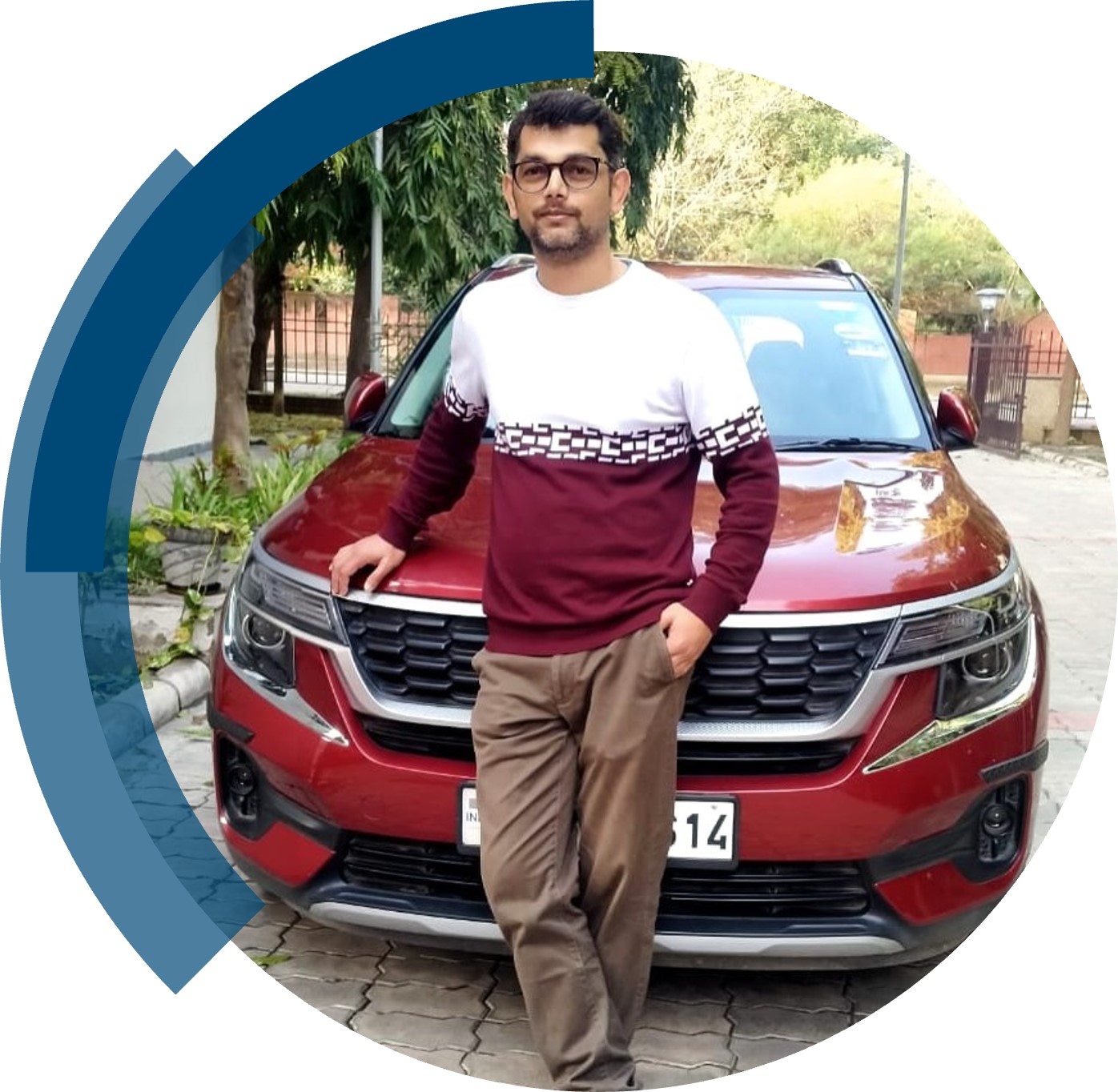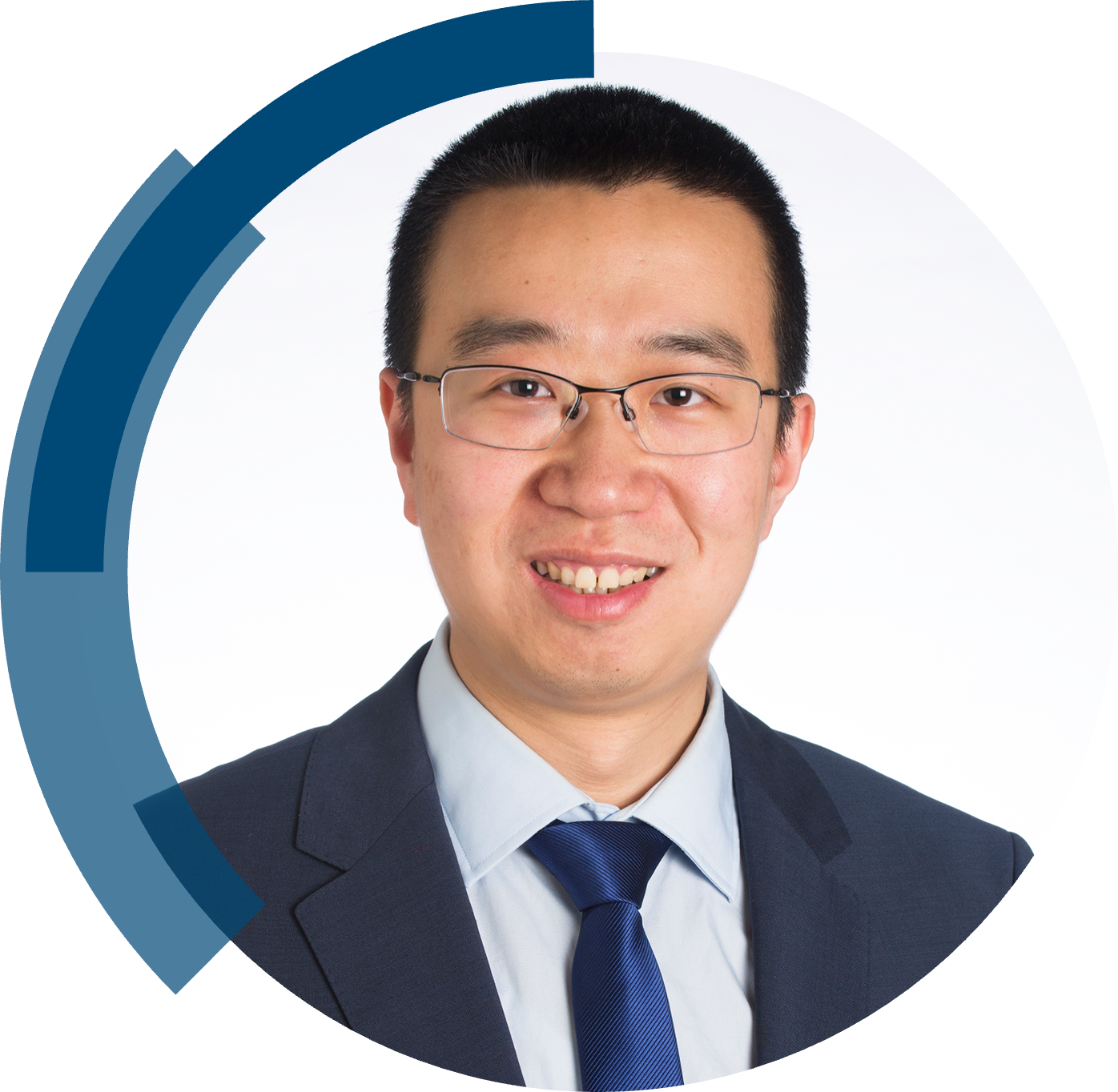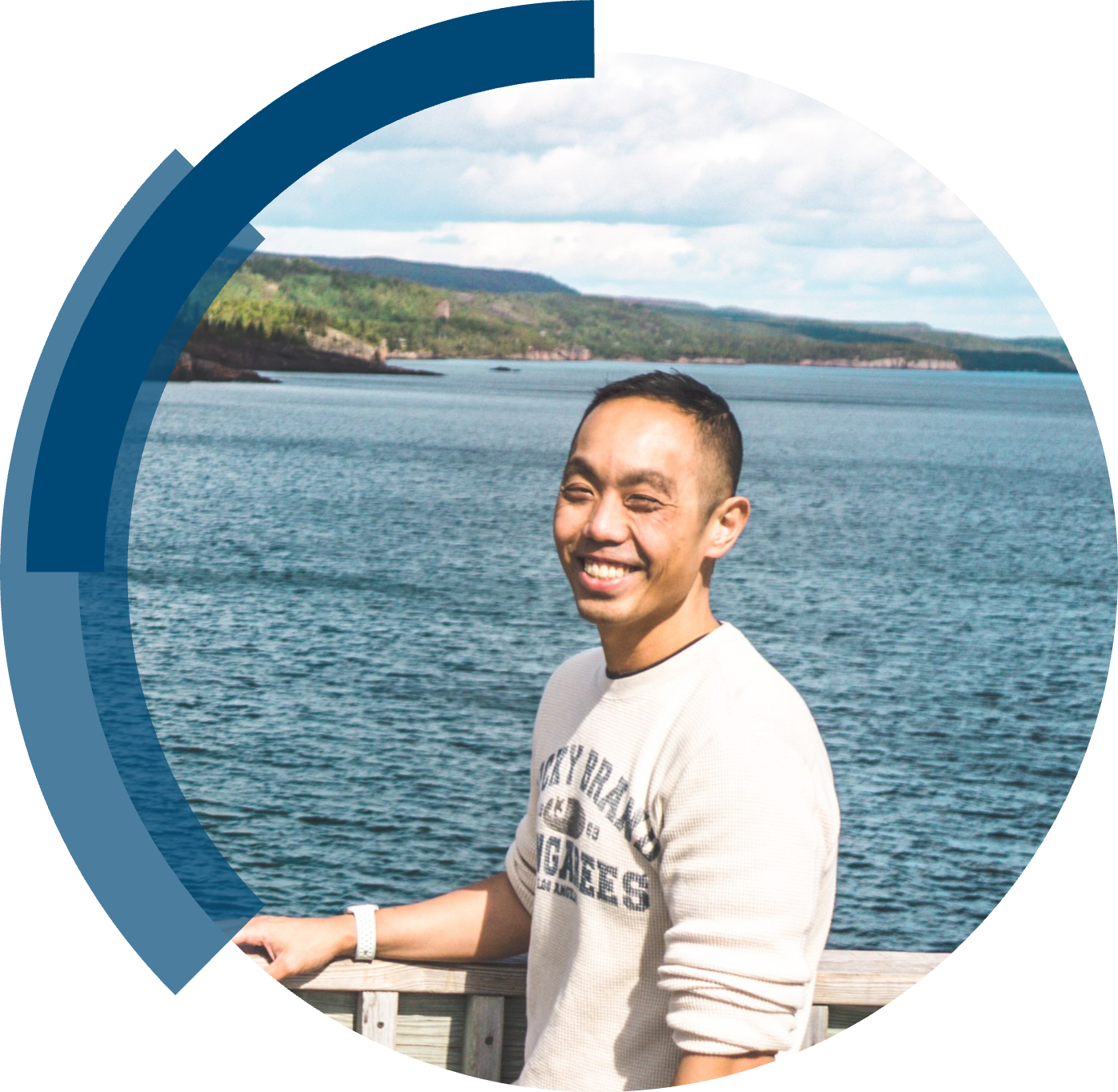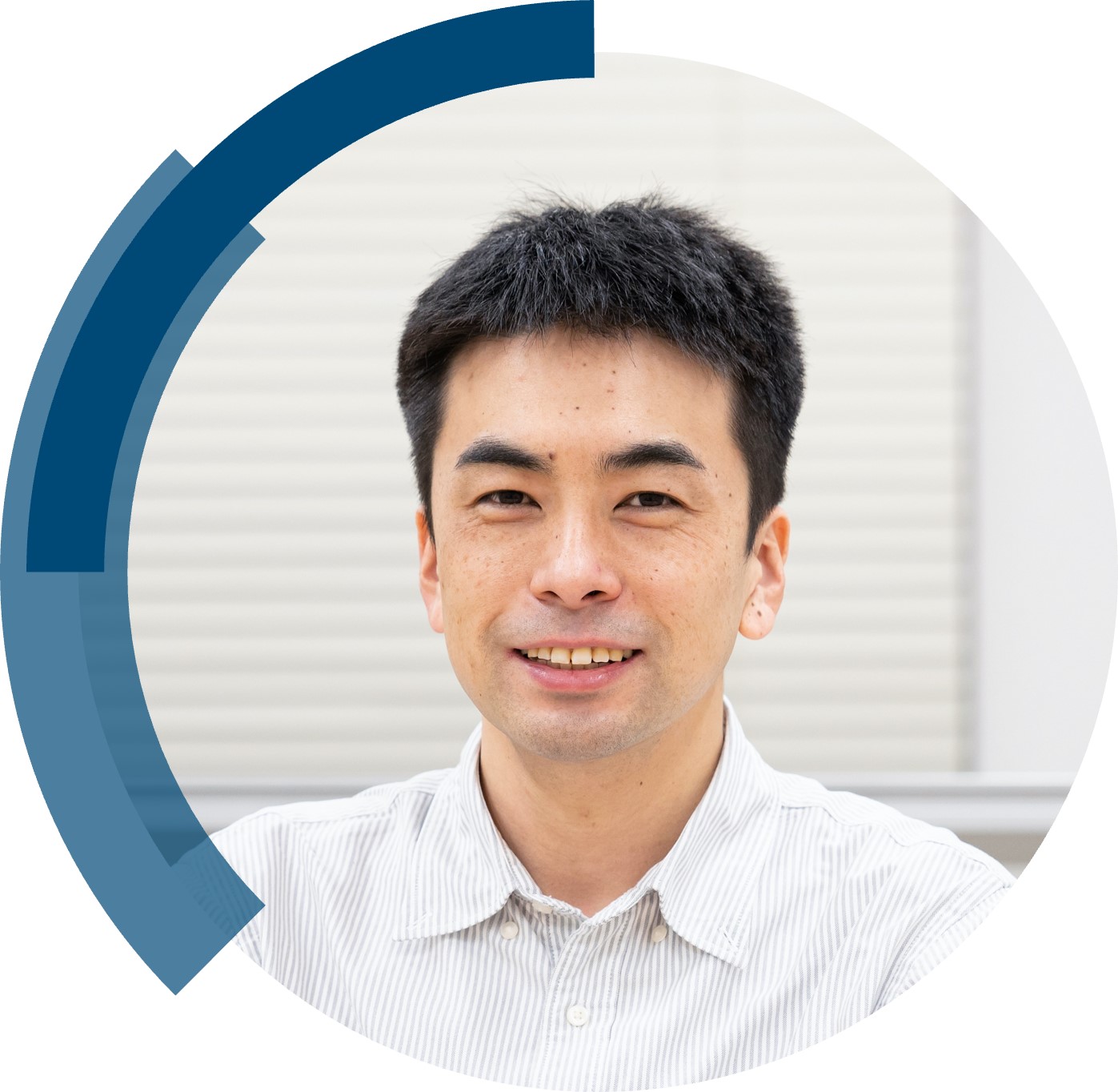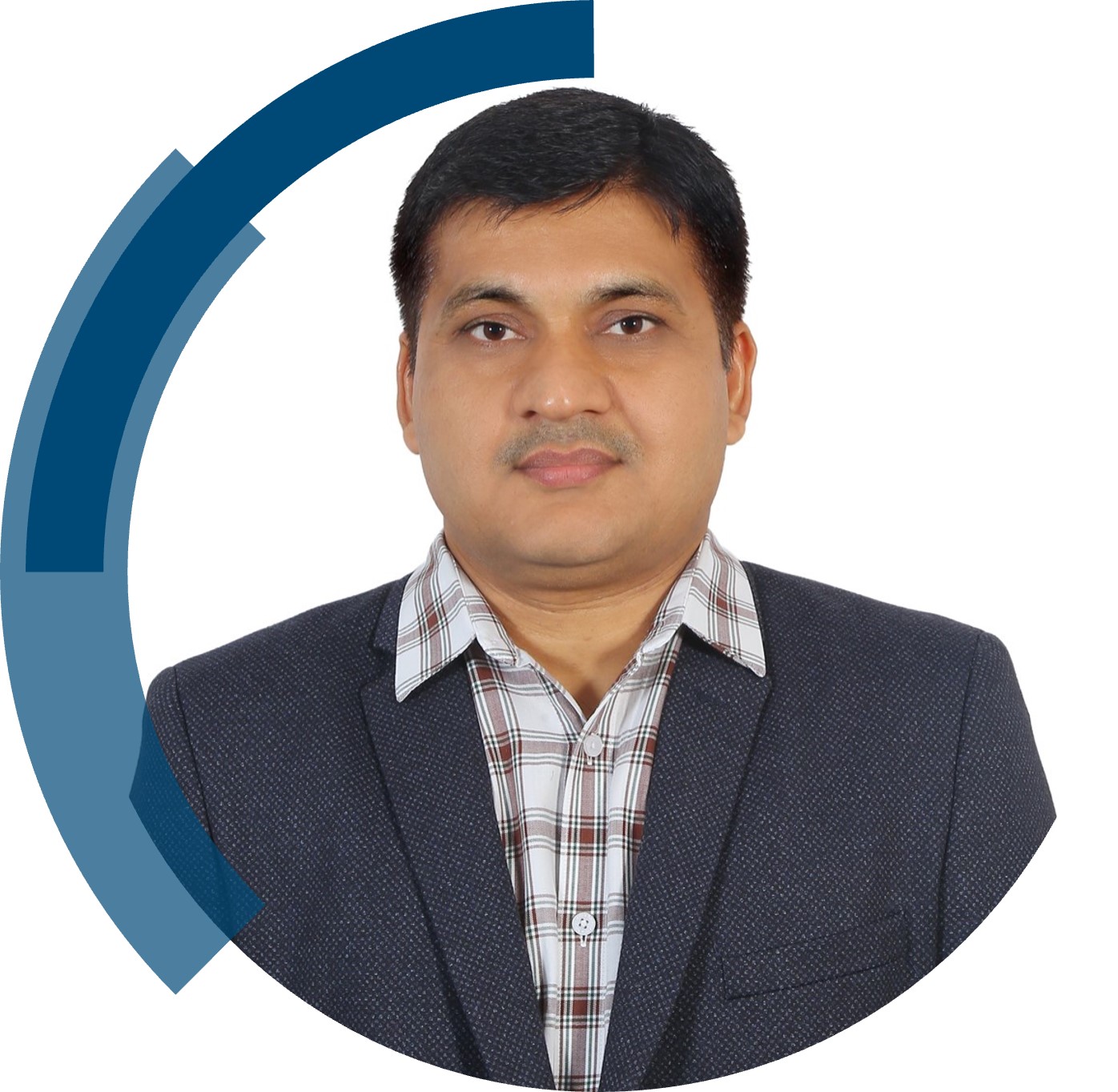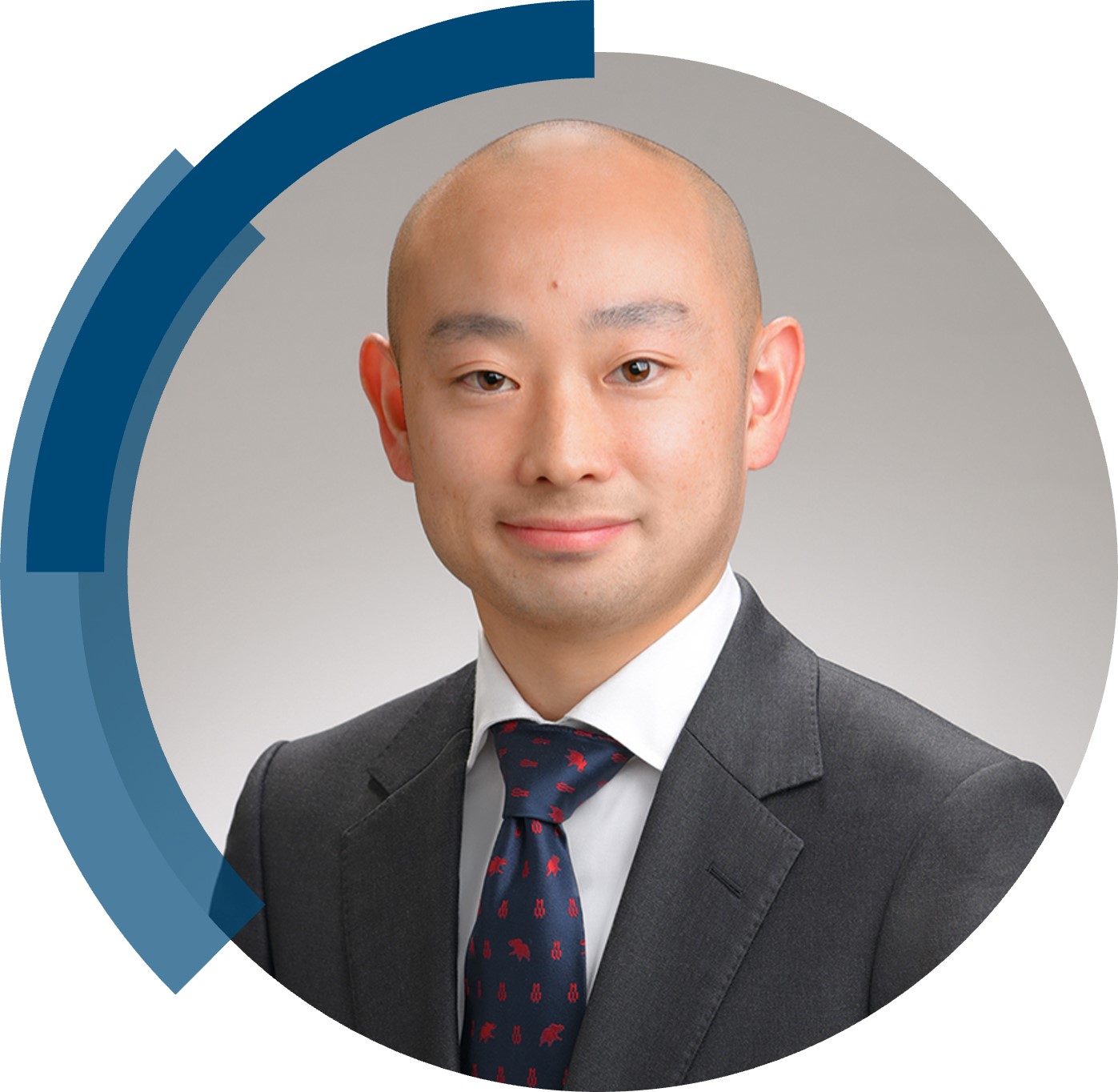We are excited to share the success of James Cumby’s first-time independent article in ChemComm; “Mixed anion control of negative thermal expansion in a niobium oxyfluoride“ included in the full milestones collection.
Read our interview with James below.
What are the main areas of research in your lab and what motivated you to take this direction?
I am interested in how, by substituting oxygen with another anion (such as fluorine) we can directly tune the properties of inorganic materials.
Beneath this simple idea lies a lot of complexity. For instance, while the number of metal oxides known is huge (~100,000) only a few (~5,000) oxyfluorides have been reported. For an experimental chemist, this gives a lot of choice of materials to discover! Even once synthesised, the arrangement of oxide and fluoride ions within the material can have a big influence, but is difficult to analyse. To address these problems, my group combines experimental synthesis with advanced crystallography, as well as using data-driven computational models to predict and understand new materials.
Can you set this article in a wider context?
Normally, materials expand as they get hotter. This can lead to problems like concrete cracking or dental fillings failing. A materials-based solution to these problems would be something that could stay the same volume as it was heated or cooled. Such materials exist, but they are very rare and difficult to design or control. In this research, we have discovered that by substituting oxygen with fluorine in a material we can directly control the thermal expansion behaviour. By tweaking the atomic composition, we can get a material that expands, stays the same, or even contracts as we heat it.
What do you hope your lab can achieve in the coming year?
Having discovered this new thermal expansion control, we hope to develop a better understanding of why it occurs and to extend the use of anion doping to related materials. Beyond this specific study, we will continue to develop machine learning models for predicting new materials, and to continue to develop tools to understand how anion structure influences physical properties.
Describe your journey to becoming an independent researcher.
I began my research career at the University of Birmingham, UK, where I made and characterised magnetic analogues of a rare mineral called Schafarzikite under the supervision of Prof. Colin Greaves. During my PhD, I also used density functional theory (DFT) calculations to understand the magnetic behaviour of these compounds. As a postdoc I joined the group of Prof J. Paul Attfield, FRS at the University of Edinburgh, UK. Here, my focus switched to understanding charge-driven phase transitions in solids such as magnetite. I continued to synthesise new materials and explore or simulate their properties, but also developed my expertise in crystallography. Adding to my expertise in neutron powder diffraction, I helped to push the limits of micro-crystal X-ray diffraction (measuring small powder grains using single crystal diffraction) and gained expertise in total scattering (pair distribution function) techniques for analysing short-range atomic structure. Throughout this time I developed my interest in using crystallographic data to aid materials discovery.
As an independent group leader I combine a variety of approaches to solve research problems, and continue to explore new areas at the intersection of solid state chemistry, materials science, condensed matter physics and crystallography.
What is the best piece of advice you have ever been given?
I’m grateful to the many people who have given me advice during my career so far, but I doubt any of it can be expressed in a single quote! In lieu of that, I think a good guiding principle was best expressed by Prof. Linus Pauling:
“The best way to have a good idea is to have lots of ideas”
Why did you choose to publish in ChemComm?
The ChemComm format is perfect for studies which highlight a new research area with the potential for further exploration. The broad readership is the ideal audience for our work which shows an interesting chemical phenomenon, even though the exact cause requires a more extensive study.
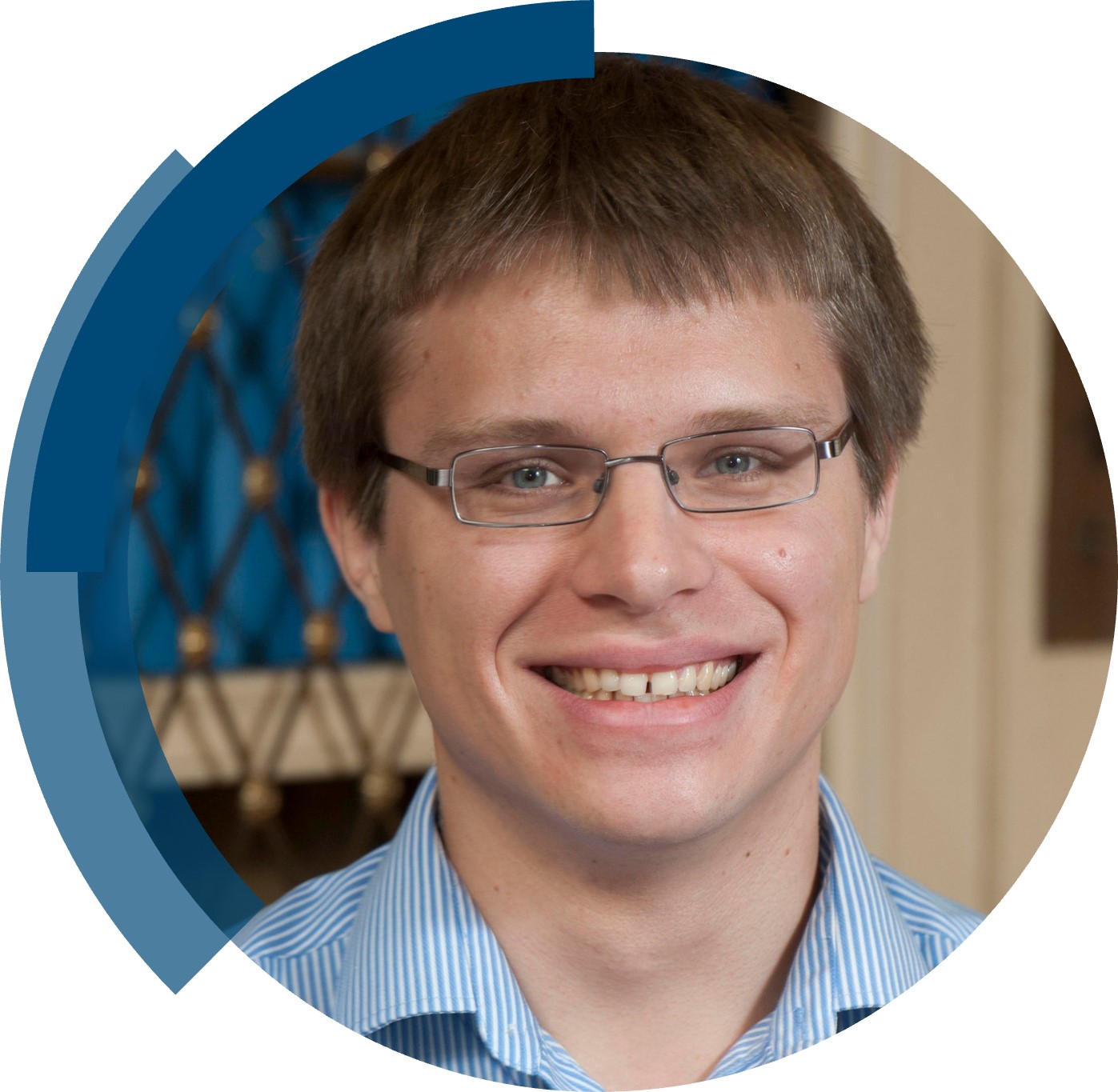 |
Dr James Cumby is a lecturer (assistant professor) in inorganic chemistry at the University of Edinburgh, working in the School of Chemistry and Centre for Science at Extreme Conditions. He received his PhD in chemistry from the University of Birmingham, followed by a postdoctoral fellowship at the University of Edinburgh. Following a year in a teaching-focussed role, he launched the functional materials group in 2019.
The functional materials research group aims to understand and exploit the effects of combining multiple anions in materials in order to control physical properties. Structure-property relationships are at the heart of what we do, and we try to ignore existing subject boundaries; methods we apply include experimental synthesis, detailed structural characterisation, and computational or data-driven methods. Twitter/X: @CumbyLab Website: www.cumby.chem.ed.ac.uk |
Explore more ChemComm Milestones news and updates on our X Feed: @ChemCommun













